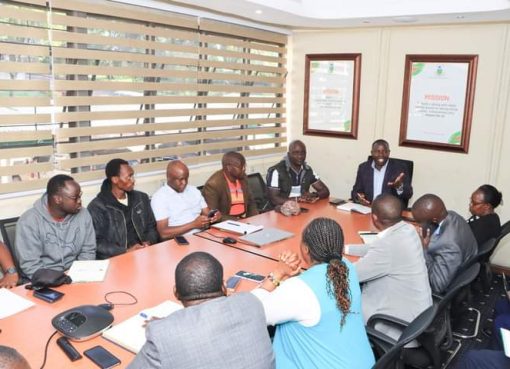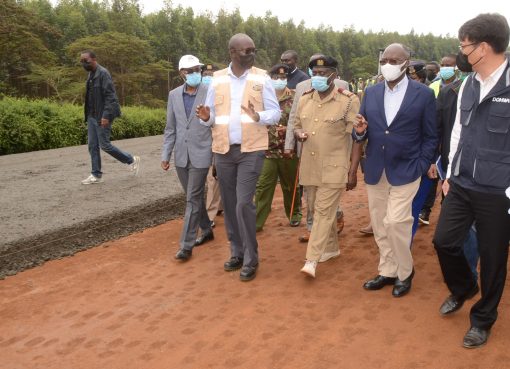Thika residents conducted a tree planting exercise along the banks of River Chania in an effort to regulate the flow of the river and create habitat for wildlife.
The exercise that was spearheaded by local administration officers in partnership with stakeholders including Kenya Power, Kenya Forest service and Kenya Defense Forces sought to educate the area residents on the importance of tree cover in relation to rainfall and water supply in the area.
According to Bahati Location Chief Irungu Macharia, the river bank had previously been a haven for illegal changaa brewers who cut down trees for fuel and polluted the river with toxic chemicals that affected the water table.
“We have experienced serious drought in the area and water levels in the river have gone down in a very alarming manner. Therefore, our main objective was to plant more trees to replace the ones that had been cut down so as to conserve the riparian land.
“So far, we have planted 500 indigenous trees, each of a different species and we also involved the community in the exercise to give them a sense of ownership and responsibility for the project. No one wants to cut down what they have planted. There are also farmers around here who are planting napier grass as an economic activity along the river banks and we educated them on the importance of soil conservation” explained Macharia.
Speaking to KNA, Kenya Power customer experience manager Mary Njiraini said they had planted the trees along a stretch of 1Km and they intended to extend their efforts further down the river bank in the future.
“We generate power using the water so we need to make sure that the catchment area is taken care of. We also use wooden poles in our line of work so we spend a lot of time cutting down trees, and we wanted to give back to the community to make sure that we have wood for the future, while conserving the environment. We will come back regularly to bring manure and check on the welfare of the trees and we urge the community to assist us in this noble effort,” she said.
Nyumba Kumi Majengo Sub-Location Chairman David Musa applauded the exercise and thanked the local administration together with the stakeholders for the initiative.
“The trees in the area had either been cut down or severely damaged which was a source of great concern for us as residents of the area. We are now hopeful that in the coming months the trees we have planted will grow and prosper and that the area will look like it used to before,” said Musa.
Kenyan Environment laws define riparian land as being a minimum of six meters and a maximum of 30 meters on either side of a river bank from the highest water mark.
By Hellen Lunalo




